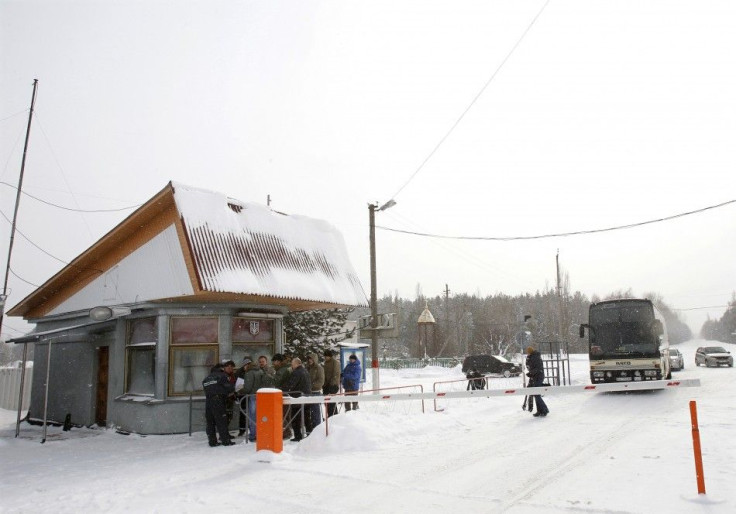Chernobyl May Soon Reopen to Tourists as Disaster Tourism Grows in 2011

Last Friday, a Kiev court upheld a temporary ban on tourist visits to the Chernobyl nuclear power station, citing outdated legislation and potential health hazards.
The Ukrainian court ruling comes less than a year after government officials declared the region around the site of the 1986 nuclear plant meltdown safe and opened it for tours. The so-called dead zone was opened in January after Ukraine's emergency situations ministry claimed that radiation levels had returned to normal levels. Tours abruptly ended in late June without explanation.
A visit to the toxic tourist attraction with the Ukrainian Emergencies Ministry ran at roughly $150. Groups of visitors toured the nuclear power plant and the ghost town of Pripyat, built in 1970 to house almost 50,000 plant workers and their families and abandoned in 1986 after a routine experiment went terribly wrong.
Chernobyl's fourth reactor exploded, sending plumes of radiation equivalent to 400 Hiroshimas into the sky. The Soviets waited nearly three days before publicly acknowledging that an accident occurred and estimates on how many died both directly, and indirectly from radiation vary widely.
The town of Pripyat is said to be left exactly how it was in 1986, with large soviet posters along classroom walls and children's dolls scattered where they were abandoned. The typical tour took visitors to the gates of the station, into a radiation monitoring center, and to a workers' canteen for lunch.
Visitors were forced to sign a waiver exempting the tour operator from all responsibility in the event they later suffer from radiation-related health problems.
Spokesmen for the Chernobyl Atomic Energy Station have reportedly said they hope to reopen the site for tourists before the year ends. Ukraine's Ministry of Justice will finish a government review of new rules for visiting the region on Friday, after which tour companies should be able to guide intrepid travelers to the depopulated region once again.
Among other regulations, the new rules would require tourists to carry personal security badges and apply for their tours no less than 10 days before traveling to the site.
Disaster tourism became a big draw and surprising trend in 2011.
In earthquake-ravaged areas like Christchurch, NZ and Japan's Tohuku region, curious travelers are invited to inspect the damage.
Christchurch, rocked by a shallow 6.3-magnitude earthquake and endless aftershocks, offers several opportunities to view the destruction from helicopter tours above to Segway tours around the perimeter.
Swaths of Japanese tourists made the cross-country trip to snap photos of the mass destruction caused by the Tohoku Earthquake, tsunami, and subsequent meltdown at the Fukushima Daiichi nuclear power plant in March.
Meanwhile, Katrina tours are as busy as ever with both bus and bike options.
It may be 10 years since the attacks of 9/11, but tourists are flocking to lower Manhattan in record numbers to visit the recently opened and often sold-out National September 11 Memorial.
The most recent disaster tour on offer is in the war-torn Democratic Republic of Congo. Officials at Virunga National Park invited anyone daring enough to go on an overnight trek to camp near the erupting Nyamulagira Volcano.
A perverse curiosity appears to be pushing travelers away from traditional adventures and toward the misadventure.
© Copyright IBTimes 2024. All rights reserved.












